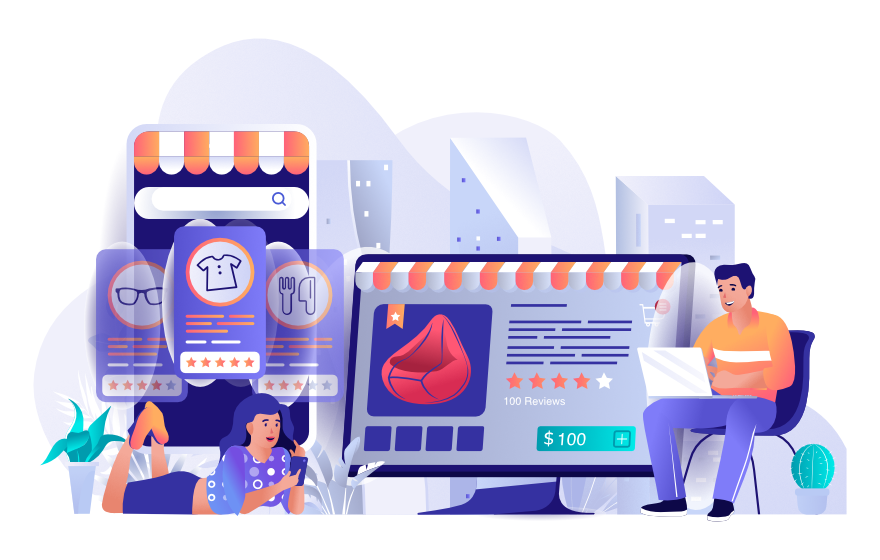
After the rise of COVID-19, a lot of shops turned their attention to selling online to keep things going. And now, those shops are still relying on online sales to stay afloat even after re-opening their store doors. Selling online can be really simple, but it takes a bit of organization and maintenance to keep things running smoothly. Here’s what you need to know upfront before starting an e-commerce website.
Product information
There are many small parts that make up each product so let’s go over them. You’re going to need a product title and product description. Long product titles are obnoxious to many users so let’s keep all the descriptor words in the description. Next is price and sale price; price is not optional, but the sale price is. You’ll also need a SKU number even if it’s something you make up. The last required item is a photo or photos. If you’re planning to ship your products by weight, you’ll need the item’s weight and most likely its dimensions as well. (See shipping note below)
Tax information
This may seem obvious but make sure you know what you need to be charging for tax based on your reach and distribution. Your state most likely will have a sales tax percentage and you may be looking at other regional or county taxes on top of that. Do your research and get those numbers handy.
Shipping information
If you plan to ship your items you’ll need to have a shipping method in place. You may choose to ship all of your items for free, or you may choose a flat rate if most of your items weigh the same. Most major shipping providers will be able to be integrated with your checkout page and calculate the amount for shipping you will need to ship with them, but that does mean you will need to add the weight information to each of your products so that the system can accurately calculate the right amount.
Payment information
Last but not least is your payment information. If you’re looking to capture payment online, you’ll need to figure out a payment processor that works for you. We can integrate most major processors as well as a host of others. If you need a rundown of what we’ve used before, just ask. You can alternatively use a cash-on-delivery option if users are picking up their orders from your store.
If you can round up this information by the time we start your project, it will make our day and honestly might make your website build go a little faster as well. Hopefully, this breakdown gives you a good idea of what you’ll need to know before starting an e-commerce website. Here at Web Strategies, we offer full shop manager training after your site is live to show you how to manage products and orders! Give us a call today to start discussing your new e-commerce website.

